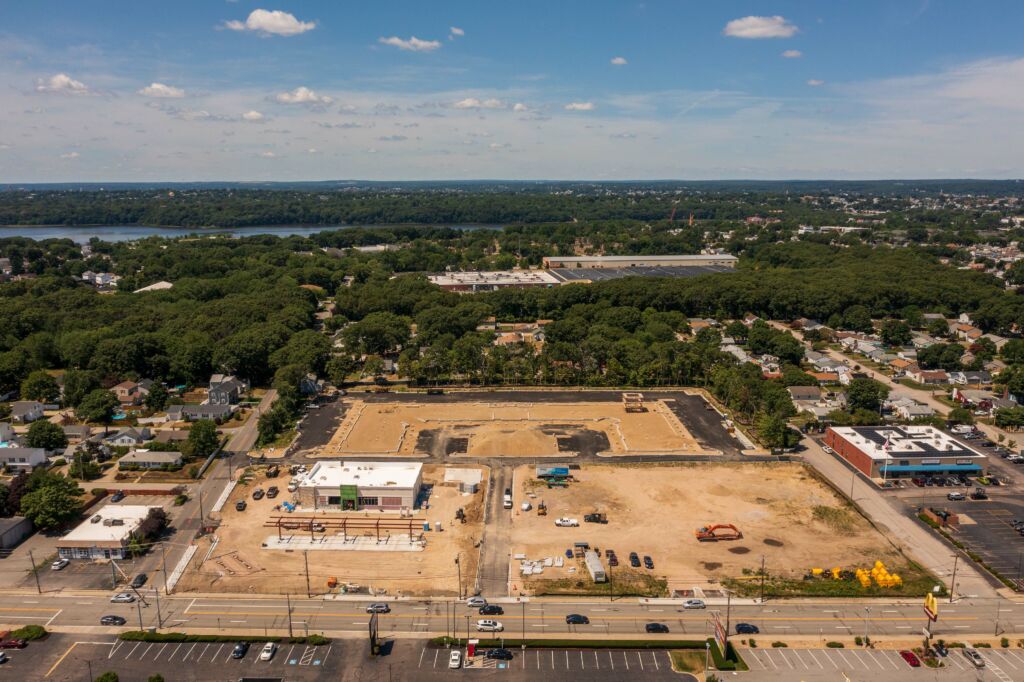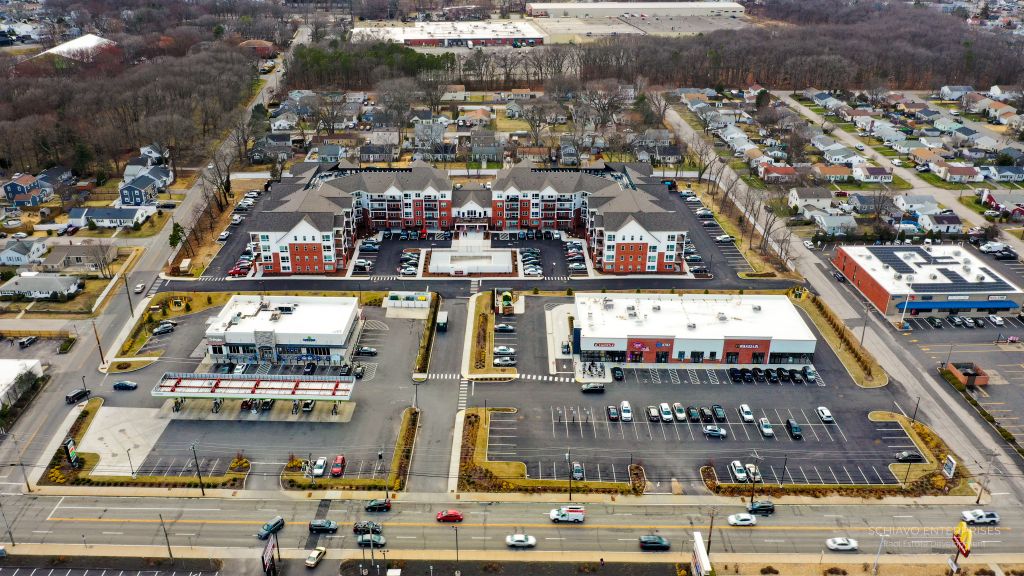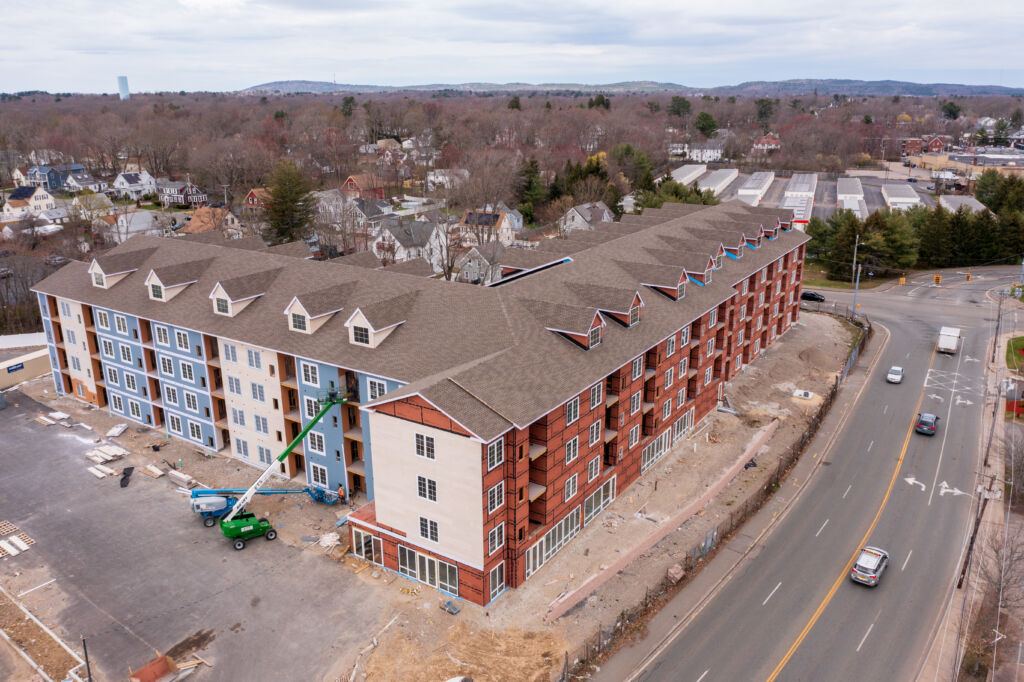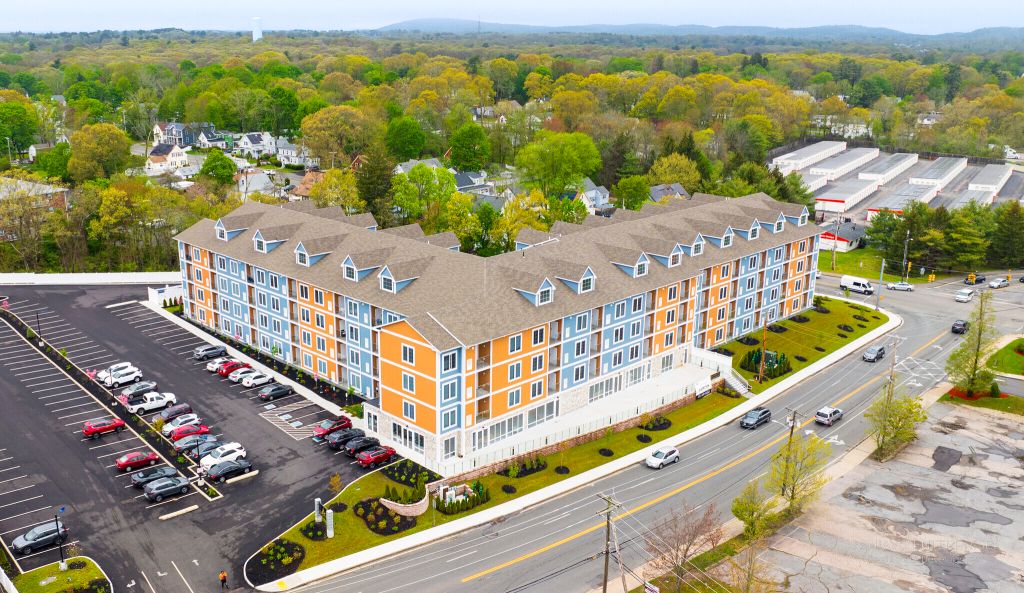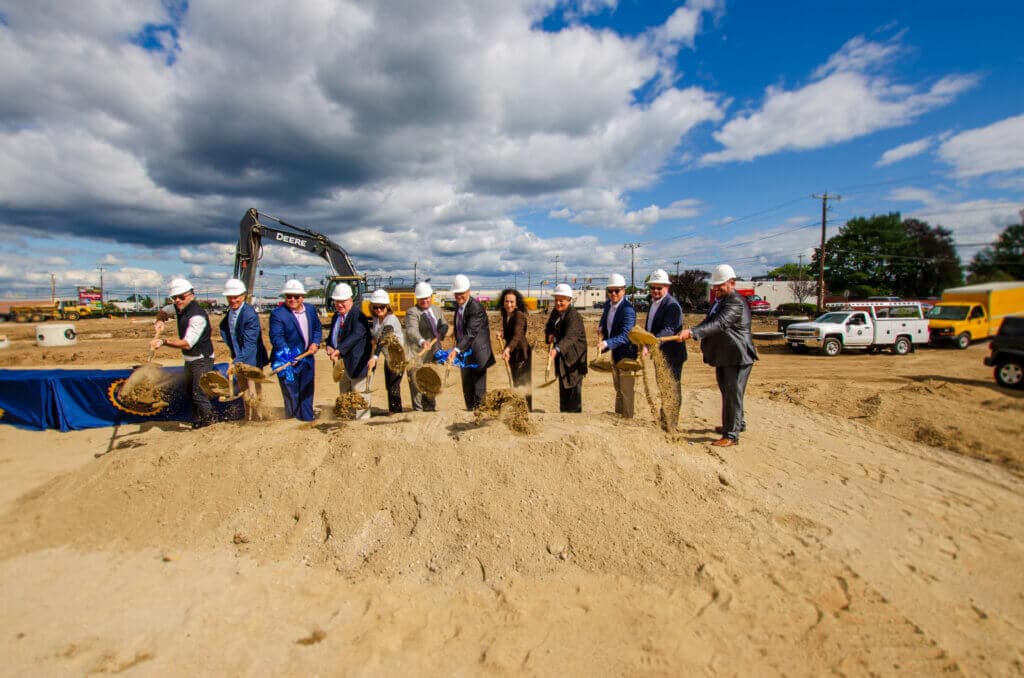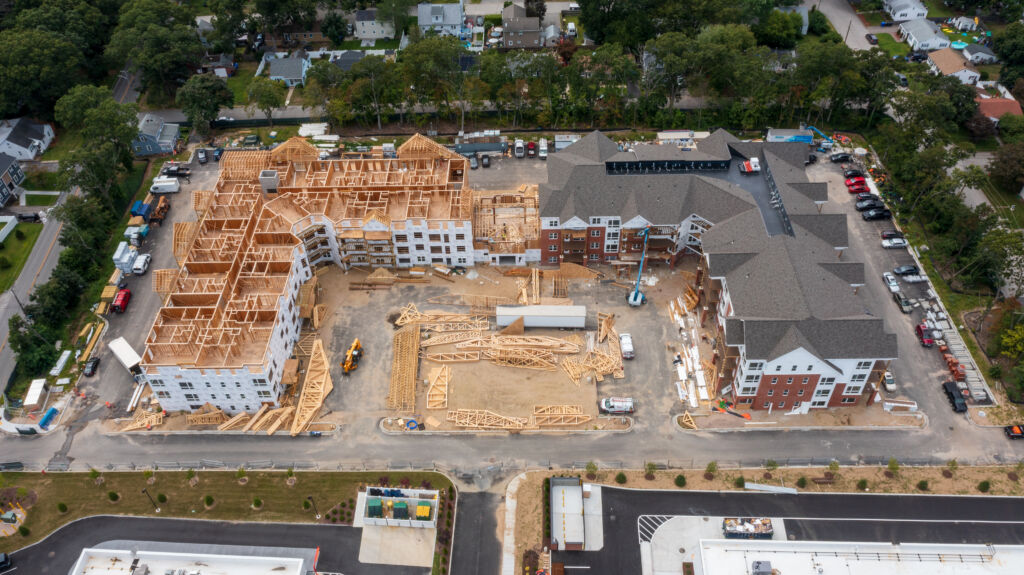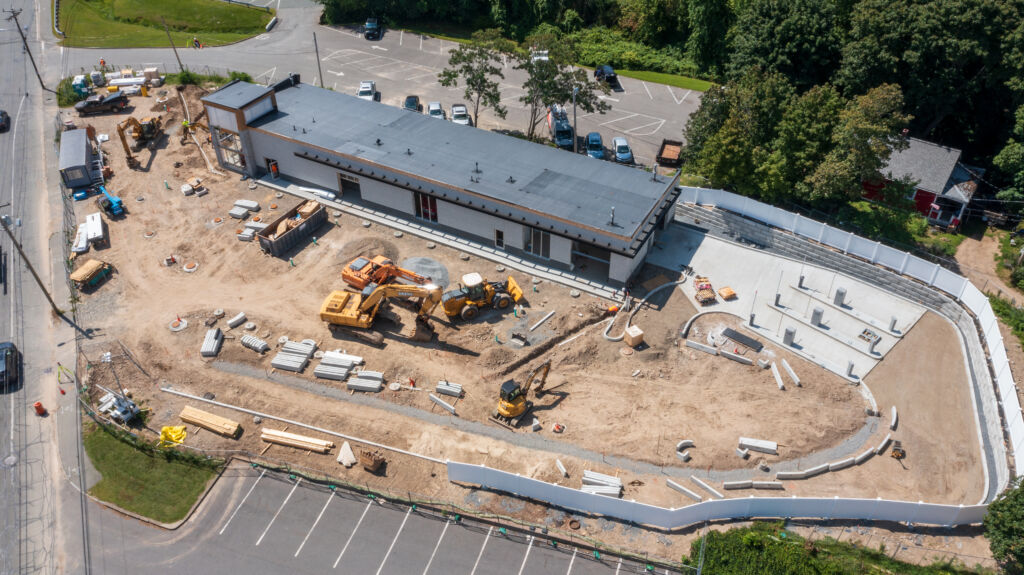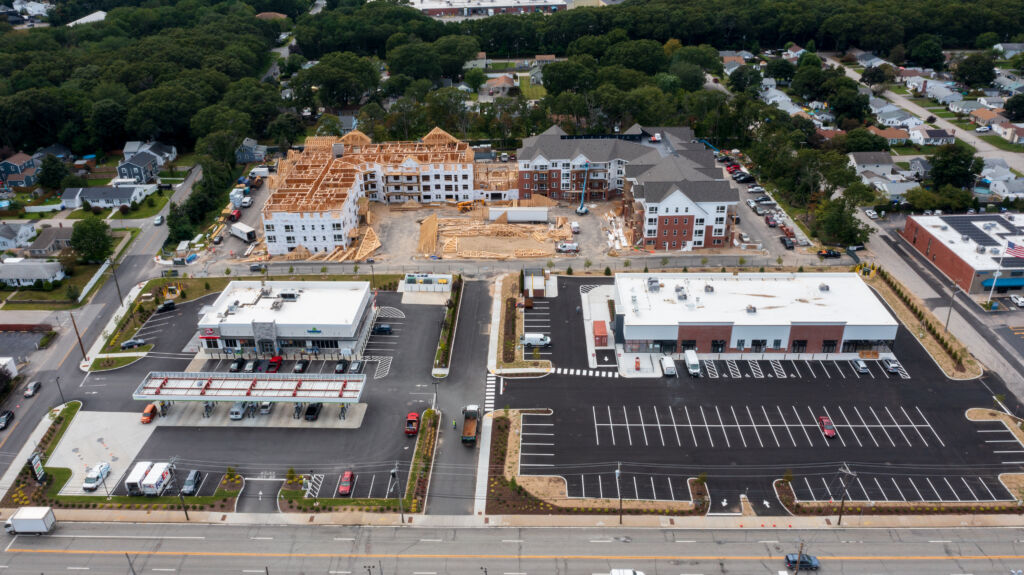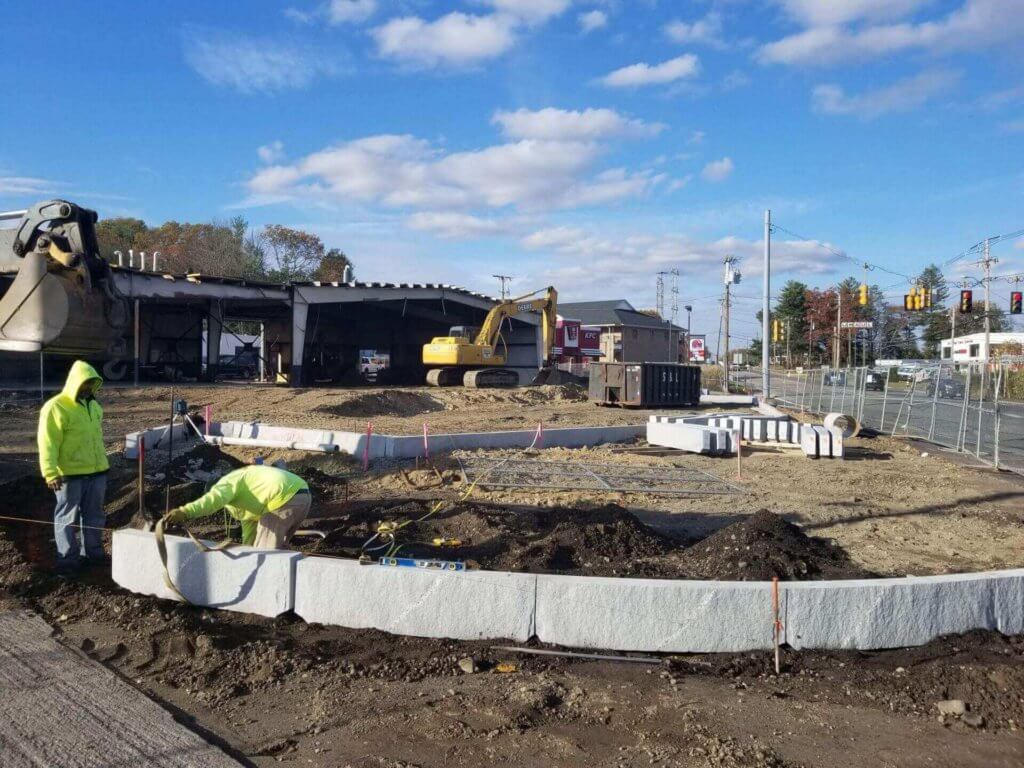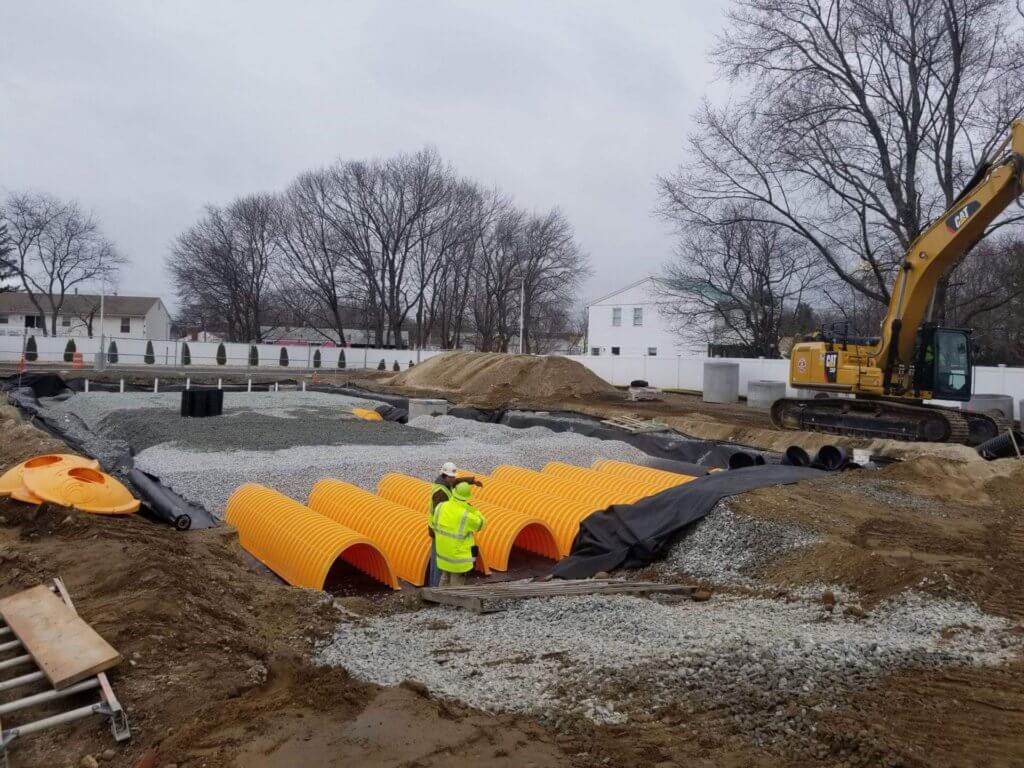Acquisition
- PRODUCT: Class A & B
- LAND SIZE: 5-15 Acres of Land
- UNIT MINIMUM: 175+
- LOCATION: Within 1 mile off of a major highway, anchored grocer, and commuter Rail/MBTA access
- GEOGRAPHIC PREFERENCE: Primary focus on Massachusetts and Rhode Island as well as the surrounding New England market.
- CONSTRUCTION: 4-6 stories-wood and or steel structure
- INVESTMENT STRUCTURES: We will consider Joint Venture Partners, Limited Partnerships Agreements, and Incentive Fee Structures for broker and seller
- PRODUCT: Corporate-backed fast food with drive-thru
- LAND SIZE: ¾ of an acre to 2 acres
- UNIT MAXIMUM: Franchisee 50+
- LOCATION: Retail corridor-Minimum 20,000 average daily traffic, corner sites at a lighted intersection preferred
- GEOGRAPHIC PREFERENCE: New England
- CONSTRUCTION: Conventional
- INVESTMENT STRUCTURES: Existing restaurant uses with or without a drive-thru that can be redeveloped with criteria will be considered.
- PRODUCT: National and Regional Credit Preferred
- LAND SIZE: 1.25 to 3 acres
- UNIT MAXIMUM: Franchisee/Independent-25+
- LOCATION: Retail corridor-Minimum 20,000 average daily traffic, corner sites at a lighted intersection preferred
- GEOGRAPHIC PREFERENCE: New England
- CONSTRUCTION: Conventional
- INVESTMENT STRUCTURES: Existing Gas stations that can be redeveloped with criteria will be considered
- PRODUCT: National and Regional Credit Preferred
- LAND SIZE: 1 to 3 acres
- UNIT MAXIMUM: Franchisee/Independent-25+
- LOCATION: Retail corridor-Minimum 20,000 average daily traffic, corner sites at a lighted intersection preferred
- GEOGRAPHIC PREFERENCE: New England
- CONSTRUCTION: Conventional
- INVESTMENT STRUCTURES: Existing car wash locations that can be redeveloped with criteria will be considered
- PRODUCT: Class A & B
- LAND SIZE: 5-15 Acres of Land
- UNIT MINIMUM: 175+
- LOCATION: Within 1 mile off of a major highway, anchored grocer, and commuter Rail/MBTA access
- GEOGRAPHIC PREFERENCE: Primary focus on Massachusetts and Rhode Island as well as the surrounding New England market.
- CONSTRUCTION: 4-6 stories-wood and or steel structure
- INVESTMENT STRUCTURES: We will consider Joint Venture Partners, Limited Partnerships Agreements, and Incentive Fee Structures for broker and seller
- PRODUCT: Corporate-backed fast food with drive-thru
- LAND SIZE: ¾ of an acre to 2 acres
- UNIT MAXIMUM: Franchisee 50+
- LOCATION: Retail corridor-Minimum 20,000 average daily traffic, corner sites at a lighted intersection preferred
- GEOGRAPHIC PREFERENCE: New England
- CONSTRUCTION: Conventional
- INVESTMENT STRUCTURES: Existing restaurant uses with or without a drive-thru that can be redeveloped with criteria will be considered.
- PRODUCT: National and Regional Credit Preferred
- LAND SIZE: 1.25 to 3 acres
- UNIT MAXIMUM: Franchisee/Independent-25+
- GEOGRAPHIC PREFERENCE: New England
- CONSTRUCTION: Conventional
- MIN DEAL SIZE: $1,000,000
- MAX DEAL SIZE: $6,000,000
- INVESTMENT STRUCTURES: Existing Gas stations that can be redeveloped with criteria will be considered
- PRODUCT: National and Regional Credit Preferred
- LAND SIZE: 1 to 3 acres
- UNIT MAXIMUM: Franchisee/Independent-25+
- LOCATION: Retail corridor-Minimum 20,000 average daily traffic, corner sites at a lighted intersection preferred
- GEOGRAPHIC PREFERENCE: New England
- CONSTRUCTION: Conventional
- INVESTMENT STRUCTURES: Existing car wash locations that can be redeveloped with criteria will be considered
Process
We focus on due diligence, research, and permitting. It has the most variable in duration and time invested at this stage. It helps minimize most site risks because of the many unknowns. Some of the common steps in this phase include:
- Market analysis and feasibility studies
- Environmental and Geotechnical studies
- Alta surveys and utility capabilities
- Civil engineering and building designs
- Permitting
The middle stage involves constructing the improvements. Since the pre-development tasks have been completed, the project risks at this stage are reduced but certainly not eliminated. Some of the common steps in this stage include:
- Underground stormwater and utilities
- Parking lot, curbing, and access points
- Building envelopes, landscape, lighting and signage
- Tenant fit-outs and obtaining a certificate of occupancy
The final stage of the development process, operation, is the first stage of the building’s life. While the pre-development and construction risks may be removed by this point, some activities during the final stage include:
- Securing property management
- Securing maintenance contracts
- Achieving lease-up stabilization and opening of the development
We focus on due diligence, research, and permitting. It has the most variable in duration and time invested at this stage. It helps minimize most site risks because of the many unknowns. Some of the common steps in this phase include:
- Market analysis and feasibility studies
- Environmental and Geotechnical studies
- Alta surveys and utility capabilities
- Civil engineering and building designs
- Permitting
The middle stage involves constructing the improvements. Since the pre-development tasks have been completed, the project risks at this stage are reduced but certainly not eliminated. Some of the common steps in this stage include:
- Underground stormwater and utilities
- Parking lot, curbing, and access points
- Building envelopes, landscape, lighting, and signage
- Tenant fit-outs and obtaining a certificate of occupancy
The final stage of the development process, operation, is the first stage of the building’s life. While the pre-development and construction risks may be removed by this point, some activities during the final stage include:
- Securing property management
- Securing maintenance contracts
- Achieving lease-up stabilization and opening of the development



